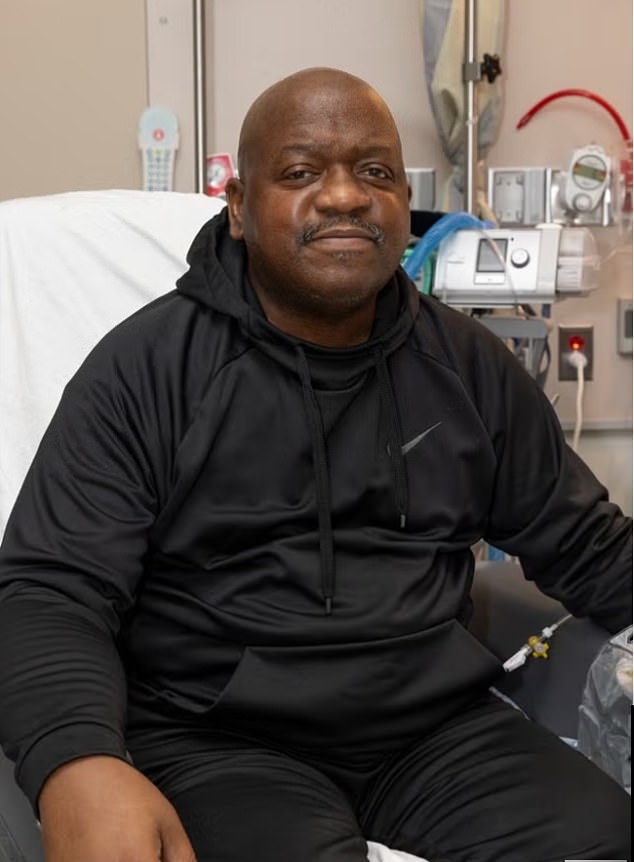The first patient to receive a genetically modified kidney transplant from a pig He died just two months after the procedure.
Richard Slayman, 62, of Boston, was living with end-stage kidney disease when he received a kidney from a pig that had undergone 69 genomic edits in what experts said would herald a new era in organ transplantation.
Unfortunately, Slayman sadly died on Saturday after doctors said he was “recovering well” when he was released from hospital on April 6.
There is currently no indication from anyone involved in the procedure or from Mr. Slayman’s family that his death was related to the transplant.
Richard Slayman, 62, the first patient to receive a kidney transplant from a genetically modified pig, died just two months after the procedure.
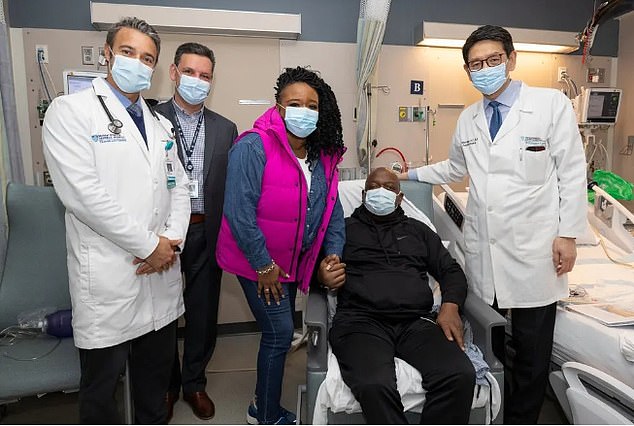
The four-hour surgery was performed at Massachusetts General Hospital (MGH) in Boston.
The four-hour surgery was performed at Massachusetts General Hospital (MGH) in Boston under the Expanded Access Protocol’s “compassionate use” authorization that is only implemented when patients with life-threatening illnesses have no other options.
Slayman had been battling type 2 diabetes and hypertension for years before he was finally diagnosed with end-stage kidney disease.
He received dialysis treatment in 2011 and was eventually placed on the kidney donor waiting list and received a human kidney transplant in December 2018.
Five years later, the donated kidney began to fail and Slayman returned to dialysis in May 2023.
He then had to undergo a surgical and decoagulation review every two weeks to address clotting complications during this second round of dialysis.
Due to these persistent complications and the rapid deterioration of Mr. Slayman’s kidney function, his doctors suggested trying pig kidney transplant.
He had an organ rejection scare just as he was preparing to leave the hospital after the transplant, but doctors were able to address it quickly as it was a common form of rejection.
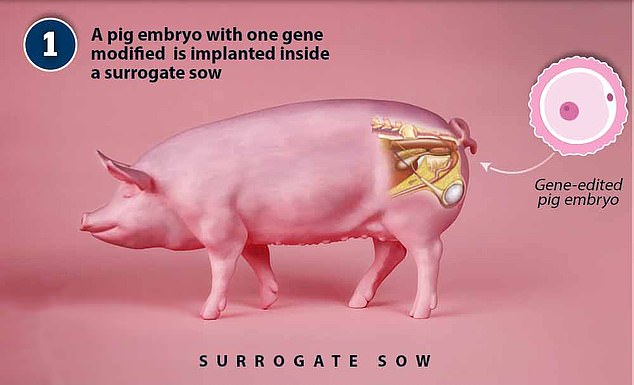
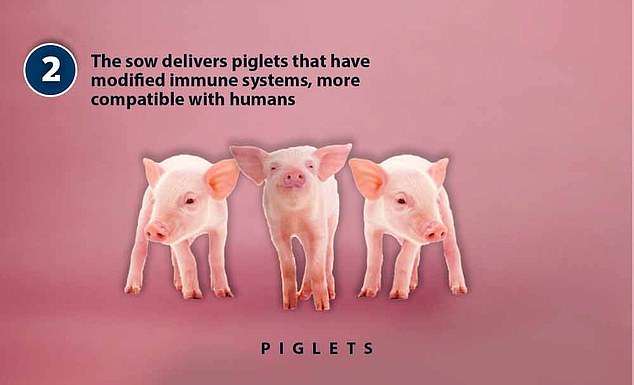
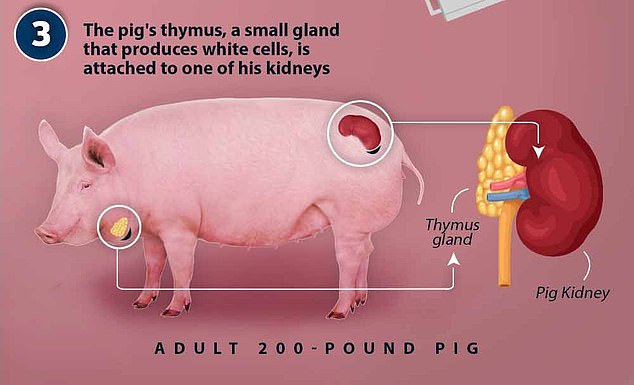
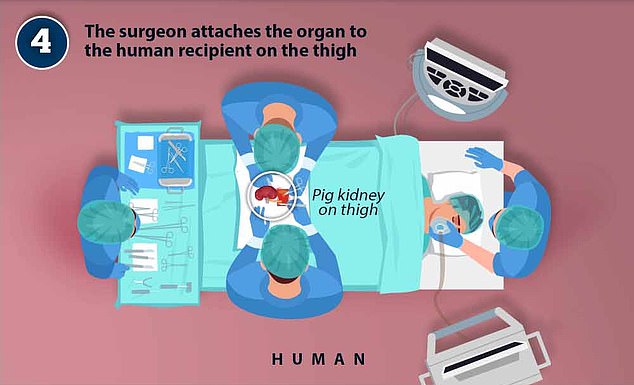
Doctors make an incision in the thigh and, using instruments, can make a tunnel to the area where the kidney is located.
At the time, Leonardo Riella, MGH’s medical director of kidney transplantation, said: “I would rather get a rejection very early, get treatment and make adjustments rather than see it much later, where it might go unnoticed for a couple of weeks, at which point in which it may be too late.
‘It’s a bit like a forest fire; You want to extinguish it quickly before it gets out of control.’
The rejection and kidney stabilized after three days on a high dose of steroids and Mr. Slayman was discharged from the hospital.
Following his release, Mr Slayman said: “This moment – leaving hospital today with one of the best health outcomes I have had in a long time – is one I have been looking forward to for many years.
“Now it is a reality and one of the happiest moments of my life.”
In the months after surgery, he underwent blood and urine tests three times a week and visits from his doctor twice a week to monitor his condition.
At the time, Mr Slayman said: ‘I have been a patient at Mass General Transplant Center for 11 years and have the highest level of confidence in the doctors, nurses and clinical staff who have cared for me.
‘When my transplanted kidney began to fail in 2023, I once again relied on my care team at MGH to achieve my goals of not only improving my quality of life but also extending it.
“I saw it not only as a way to help myself, but also as a way to provide hope to the thousands of people who need a transplant to survive.”
Dr. Winfred Williams, associate chief of MGH’s division of nephrology, explained at the time why Mr. Slayman was approached for the experimental treatment: “He would have had to wait five to six years to get a human kidney.” He wouldn’t have been able to survive.’
There are more than 100,000 patients on the waiting list for a new kidney in the United States, and most face delays of at least three years.
Joren C. Madsen, director of the MGH Transplant Center, highlighted the importance of Mr. Slayman’s contribution to medicine.
He said: ‘(The surgery) would not have been possible without your courage and willingness to embark on a journey into unexplored medical history.
‘Mister. Slayman becomes a ray of hope for countless people suffering from end-stage kidney disease and opens a new frontier in organ transplantation.’

